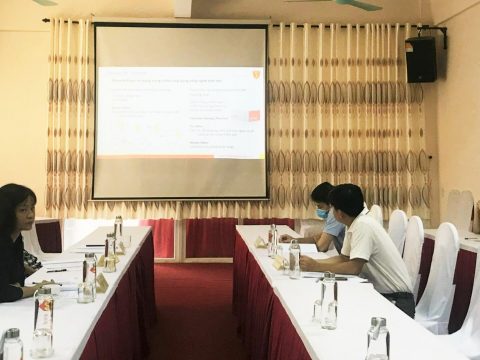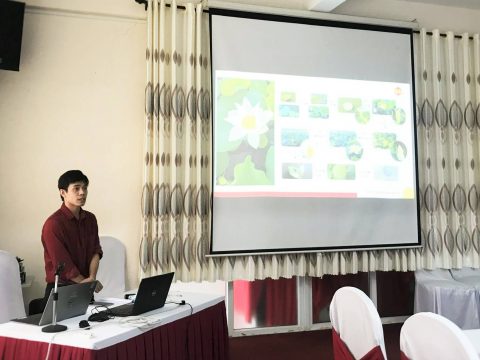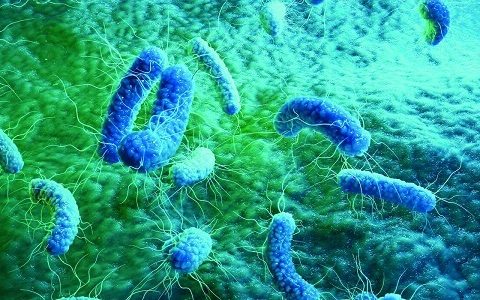Arbuscular Mycorrhizal Fungi: A solution for C3 plants under salt stress

A study showed that Arbuscular mycorrhizal fungi have a positive effect on photosynthesis, water status and gas exchange of plants under salt stress (2019).
As we know, soil salinization is one of the most serious abiotic stress factors affecting plant productivity through reduction of soil water potential, decreasing the absorptive capacity of the roots for water and nutrients. Therefore, a research was conducted to study the effects of arbuscular mycorrhizal fungi (AMF) inoculation in alleviating salt stress in C3 and C4 plants. They analyzed the salt stress influence on seven independent variables such as chlorophyll, leaf area, photosynthetic rate (Amax), stomatal conductance (Gs), transpiration rate (E), relative water content (RWC), and water use efficiency (WUE) on AMF inoculated plants. Responses were compared between C3 and C4 plants, AMF species, plant functional groups, level of salinity, and environmental conditions. Their results showed that AMF inoculated plants had a positive impact on gas exchange and water status under salt stress. The total chlorophyll contents of C3 plants were higher than C4 plants. When the two major AMF species (Rhizophagus intraradices and Funnelliformis mosseae) were considered, the effect sizes of RWC and WUE in R. intraradices were lower than those in F. mosseae indicating that F. mosseae inoculated plants performed better under salt stress. In terms of C3 and C4 plant photosynthetic pathways, the effect size of C4 was lower than C3 plants indicating that AMF inoculation more effectively alleviated salt stress in C3 compared to C4 plants.
Finally, C3 plants inoculation with AMF (F. mosseae species) was growth better than F. mosseae C4 plants.

The symbiosis between arbuscular mycorrhizal fungi and plant roots
(Source: Image from Professor Emeritus David Read, University of Sheffield, UK)
According to Murugesan Chandrasekaran, Mak Chanratana, Kiyoon Kim, Sundaram Seshadri, and Tongmin Sa
https://doi.org/10.3389/fpls.2019.00457




